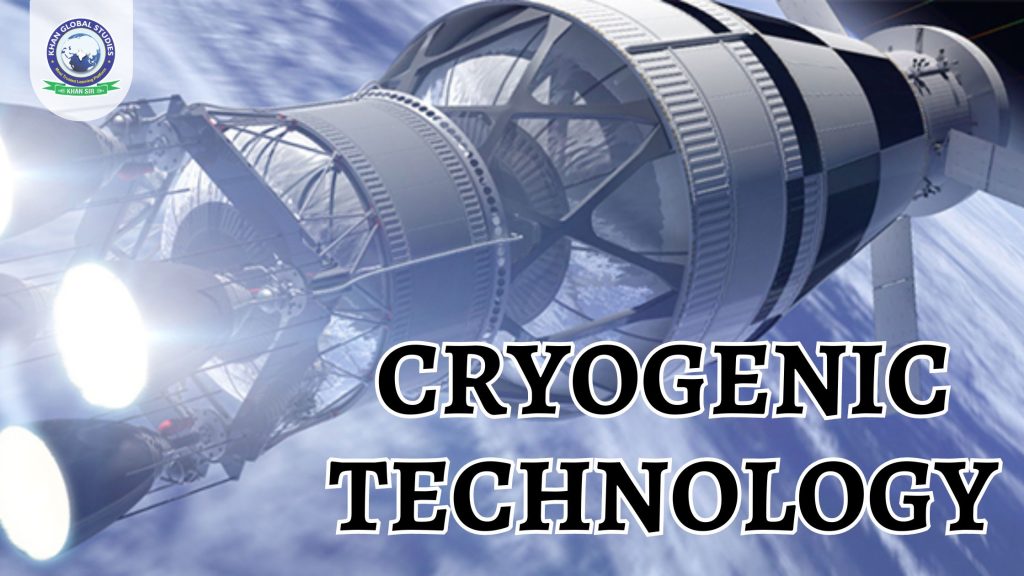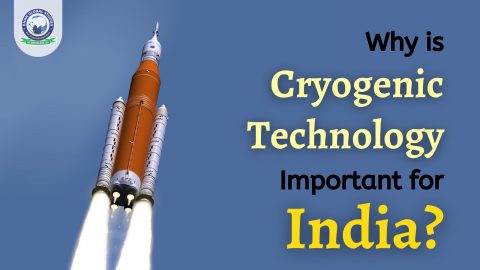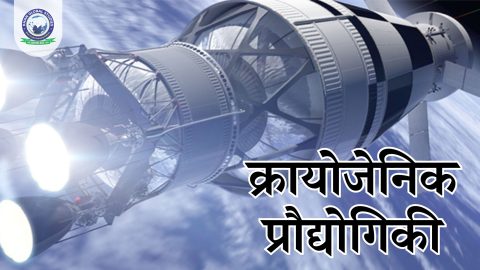Cryogenic technology has transformed various industries from healthcare to space exploration by harnessing the power of ultra-low temperatures. Its applications are wide-ranging, and its benefits are undeniable. In this article, we will explore what cryogenic technology is, how it works, and its many applications in various sectors. As the demand for innovative solutions continues to grow, cryogenic processes continue to be at the forefront of scientific and industrial advancements.
What is Cryogenic Technology?
Cryogenic technology refers to the production and behaviour of materials at extremely low temperatures, typically below -150 degrees Celsius (-238 degrees Fahrenheit). Derived from the Greek words “kryos” (cold) and “genes” (production), cryogenics is primarily concerned with the behaviour of gases and their liquefaction at ultra-low temperatures. The most common substances used in cryogenics include nitrogen, oxygen, hydrogen, and helium, each of which has unique properties that make them essential for various applications.
The cornerstone of cryogenic technology lies in the process of liquefaction, which cools gases to their boiling point and converts them into liquid. This process enables industries to store, transport, and use materials in liquid form, improving efficiency and ease of handling. As a result, cryogenic technology is indispensable for sectors that need to maintain low temperatures for long periods.
The Science Behind Cryogenics
At its core, cryogenics involves lowering the temperature of a material to its cryogenic point, which is typically defined as a temperature below -150°C (-238°F). This extreme cooling changes the physical and chemical properties of the material, such as transitioning from a gas to a liquid. The process of achieving these temperatures relies on advanced refrigeration systems and cryostats, which are designed to maintain specific temperature ranges for diverse applications.
The process of cryogenic cooling often involves:
- Pre-cooling: Gases are first cooled to moderate temperatures using standard refrigeration techniques.
- Compression: The gas is compressed and cooled through several stages.
- Expansion: The gas is allowed to expand rapidly, causing a significant drop in temperature.
- Liquefaction: In this stage, the gas reaches its boiling point and condenses to become a liquid.
These complex steps form the backbone of cryogenic technology, making it possible to achieve and maintain extremely low temperatures for long periods. Using these techniques, industries can manipulate materials in ways that are otherwise impossible at standard temperatures.
Applications of Cryogenic Technology
Healthcare and Medical Applications
The most important application of cryogenic technology is in medicine. Cryogenics is used to store biological samples, such as blood, sperm, eggs, and other cells, at temperatures that prevent degradation. Cryopreservation ensures the long-term viability of these materials, aiding in fertility treatments, stem cell research, and the preservation of rare biological specimens.
Additionally, cryosurgery has become an important tool in the treatment of a variety of medical conditions. Using liquid nitrogen or argon gas, cryosurgery freezes and destroys abnormal tissues, such as tumours or warts, in a minimally invasive way. This approach is particularly effective in dermatology and oncology, where precision is crucial to patient outcomes.
Cryogenics in Space Exploration
Space agencies such as NASA have long relied on cryogenic technology for space exploration missions. In space travel, cryogenic propellants such as liquid hydrogen and liquid oxygen are used to fuel rockets. These cryogenic fuels are stored at extremely low temperatures to remain in liquid form and are vital for providing the thrust needed to propel spacecraft beyond Earth’s atmosphere.
In addition, cryogenic systems are used in astronomical instruments to cool sensors and detectors. This allows for more accurate data collection, as cryogenically cooled instruments are less prone to thermal noise, which can distort readings. As the quest to explore deeper into space continues, cryogenic technology will continue to be important for future space missions.
Industrial and Manufacturing Uses
Cryogenics plays an essential role in a variety of industrial processes. One of the most well-known applications is the use of liquid nitrogen to freeze and preserve food. By using cryogenic freezing, food can be stored for long periods without compromising quality. This technology is particularly valuable for maintaining the freshness of seafood, fruits, and vegetables, ensuring they retain their nutritional content and flavor.
Cryogenic technology is also important in the metals industry. The process of cryogenic tempering is used to enhance the properties of materials, particularly metals, by subjecting them to extremely low temperatures. The process improves wear resistance, strength, and overall durability, making it indispensable in the manufacture of components for heavy machinery, aerospace, and automotive industries.
Environmental Applications
In recent years, cryogenics has found new applications in environmental protection. Carbon capture and storage (CCS) technologies use cryogenics to separate carbon dioxide from industrial emissions. Once captured, CO2 is cooled to cryogenic temperatures and stored in a liquid state, preventing it from entering the atmosphere. This approach helps mitigate the effects of climate change and contributes to clean energy production.
Cryogenic technology also aids in the liquefaction of natural gas (LNG), a process that reduces the volume of the gas for easier transportation and storage. LNG is considered a cleaner alternative to traditional fossil fuels, as it produces fewer emissions when burned. The cryogenic process ensures that LNG can be safely stored for long periods, providing a more sustainable energy solution.
The Future of Cryogenic Technology
As industries continue to evolve, the demand for more efficient and sustainable technologies continues to grow. Cryogenics is expected to play a central role in the development of quantum computing, where cryogenically cooled processors enable ultra-fast processing of information at the quantum level. Additionally, fusion energy research could benefit from cryogenic technology, as the superconducting magnets used in fusion reactors must be maintained at cryogenic temperatures to function efficiently.
Cryogenic technology is also fueling advances in biotechnology, which has the potential to revolutionize organ transplantation. Scientists are finding ways to cryogenically freeze organs for long periods, allowing for greater flexibility in organ donation and transportation. This breakthrough could greatly alleviate the crisis of organ shortages worldwide.
Conclusion
Cryogenic technology has far-reaching applications that extend into nearly every aspect of modern life. From healthcare to space exploration, its ability to manipulate materials at extremely low temperatures has paved the way for many advances in science and industry. As we continue to innovate, the role of cryogenics will expand, opening up new horizons in technology and environmental sustainability.







